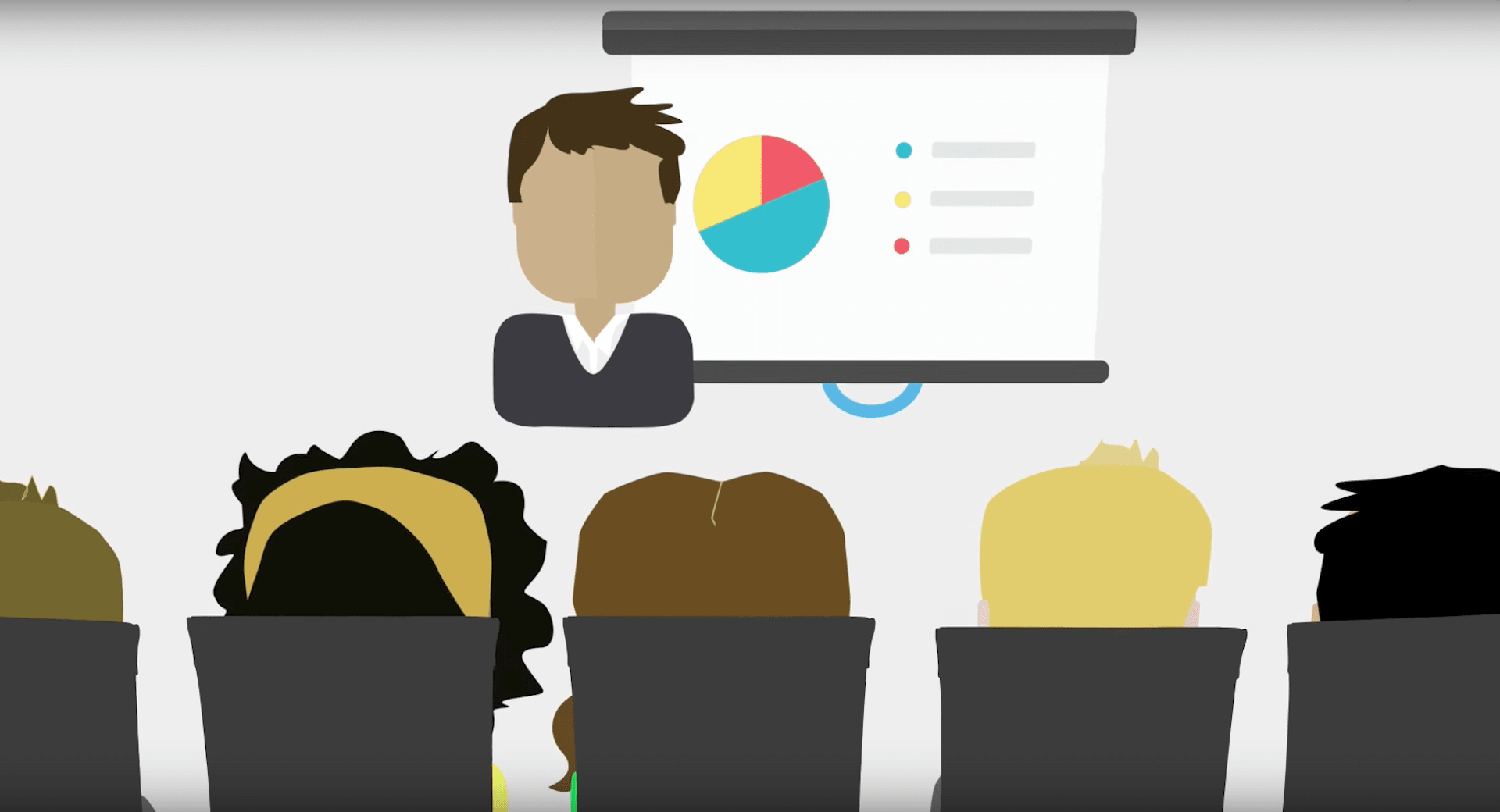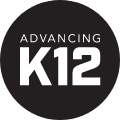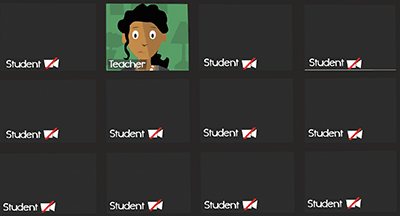
We’re now more than two years removed from the publication of an eyebrow-raising study of teacher professional development from The New Teacher Project.
If you haven’t read the study, or any of the dozens of summaries and opinion pieces published in its wake, here’s the tl;dr version:
- School districts are spending a significant amount of money (approximately $18,000 per teacher per year, which amounts to billions of dollars nationwide) on professional development.
- Plenty of teachers in the study had not yet mastered some of the critical skills necessary for effective pedagogy and most displayed a lack of self-awareness when assessing their own performance.
- Despite the clear need for growth, the authors of the report found that only three teachers in ten substantially improved their craft over a two-year period.
This article is not meant to serve as another analysis of that same TNTP report; the problems with traditional professional development have been documented far and wide already.
Instead, we’ll take a look at the underlying issues for educational leaders and HR teams. Why do districts keep banging their heads against the wall in the face of all this evidence? How can you identify effective P.D. without any standard way to measure it? What kind of changes can you make right now to better serve your teachers and build a high-performing culture?
Newton’s first law
Despite the visionary leadership of trendsetting districts throughout the country, “how we’ve always done it” remains more the norm than the exception. It takes one or more people with the right combination of knowledge, influence, and motivation to effect fundamental change on such a large scale.Professional development is not a new priority, nor is it an underfunded one. The problem is more often in the machine. The status quo has inertia in its favor, and few leaders have the energy, support, or ability to disrupt it.
As covered in this Edutopia article, the prioritization of teacher P.D. in consistently high-performing cultures is so dramatically different from what we see in the U.S. that it almost feels like a different profession.
The leader’s challenge
For the sake of argument, let’s say more professional development hours are not an option, less instructional time is off the table, and there won’t be any change in funding. How can administrators do more with that $18,000 per teacher and approximately 24 hours per year of formal professional development time?Differentiation
Teachers have a dynamic range of specialties, strengths, and areas of opportunity. Professional development time is too valuable to be wasted on redundant or irrelevant training.Action: Map out multiple learning paths for skills in various competency subjects, such as instruction, technology, communication, collaboration, and leadership. What are your top priorities, and what standards will you use to identify progressive tiers of mastery?
Once you have that skill tree in place, it should be easy enough to align P.D. opportunities with one or more standards. Instructional coaches and unit leaders should use observation, assessment, and performance evaluations to identify where teachers fall along the spectrum, then work with them to create an individual growth plan targeted to their needs.
This is a big project, and one best undertaken with the support and involvement of your teachers.
Follow-up
We wouldn’t expect a student to sit through a full day of lectures and immediately demonstrate sustainable content mastery. We’d supplement those lectures with resources, assessment, reinforcement, and support. So why are all those things missing from traditional “sit and get” P.D.? No school leader can hope to improve professional development without first establishing a coaching culture.Action: Build “informal” P.D. into your teachers’ regular work weeks. Peer observation, department collaboration on in-service or early release days, and sustained follow-up on P.D. goals should be standard practice. If you need to pull the time from somewhere, take it from the pool of workshop or conference hours you have set aside.
One relevant session with the right amount of follow-up is worth three without. Much like you can’t measure productivity by looking at the number of hours someone works, you can’t measure the effectiveness of P.D. by looking at how many sessions someone attends.
Accountability
Teachers often leave their mandated sessions without any clear expectations as to what, when, and how the training they just experienced is supposed to be applied in their classrooms. Skills that may have been dabbled in one year are forgotten the next. On the flip side, leaders often lack any kind of empirical framework within which to evaluate classroom application or long-term growth. But professional development doesn’t need to be a subjective concept.Action: This is the reason microcredentialing (otherwise known as digital badging) exists. Leadership teams can define clear, measurable objectives, then review evidence of P.D. synthesis into a teacher’s classroom. It’s a transparent and largely objective way to give teachers something to work toward after they get back from their training.
It has never been easier to launch a badging program at the school or district level, as outlined in this four-part playbook. There’s no need to bring on additional staff or make significant investments in technology. It’s even something that can be set up, communicated, and launched over the summer with very little disruption. The benefits, however, will be felt far and wide for years to come. Teachers will have tangible goals to pursue, administrators will easily identify which teachers have been validated in which skills or initiatives, and professional development will have a more solidified purpose.
Looking ahead
If differentiation, follow-up, and accountability are the three pillars of a better professional development experience, the pieces are already in place for change. The billions of wasted dollars are a shame but the frustration of teachers and stagnation of their development are far bigger problems, with worse side effects.These improvements aren’t likely to be written into legislation or handed down as mandates any time soon. They’ll need to be driven from the inside out. Why not you? Why not now?
For more on digital badging, a staple of future professional development, check out the Digital Badging Playbook.
WHAT'S NEXT FOR YOUR EDTECH? The right combo of tools & support retains staff and serves students better. We'd love to help. Visit skyward.com/get-started to learn more.

|
Advancing K12 Staff Edtech Thought Leaders |



.jpg)
